Immediately upon its introduction in 1989, the 964 was seen as Porsche taking the 911 in a new direction. It was unveiled in all-wheel drive form, traded torsion bars for springs and shocks, smoothed its bumpers, and gave the model anti-lock brakes and power steering for the first time and as standard features. It was also the first Porsche to feature optional Tiptronic shifting, among other innovations. The new car was still air-cooled and recognizable next to its relatives, but it represented a modernization of the 911; a refined driving experience that coupled an evolution in performance with a greater degree of build quality and driver consideration.
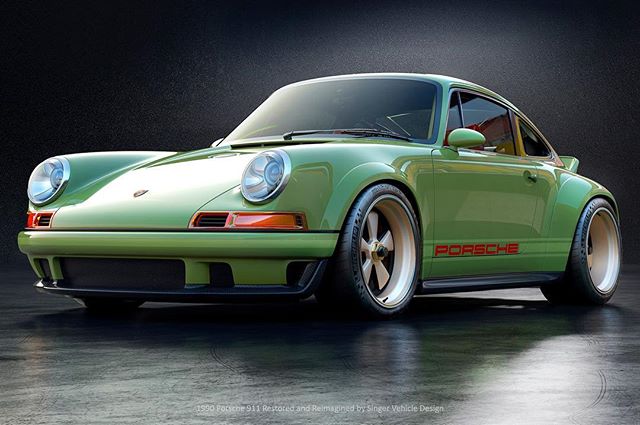
Come the present day almost three decades later, and the 964 is again set to be the bearer of great change in the air-cooled community, though it won’t look like it did when it was a new car. Things have changed in the time since. For instance, the 964 is widely considered a classic now, and the renderings pictured here depict a heavily modified version of a 1990 Porsche 911 with more than twice the power than the factory gave it.

What we’re seeing here is the first modified 964 to incorporate the last two years’ worth of work undertaken by Singer Vehicle Design in collaboration with Williams Advanced Engineering and a team of consultants and advisors that includes such names as Norbert Singer and Hans Mezger. It began when Singer customer Scott Blattner approached the company to make something special out of his 964 with a focus on lightweight and high performance enhancements. Minimum vehicle weight is said to be 990kg (~2,180lbs).
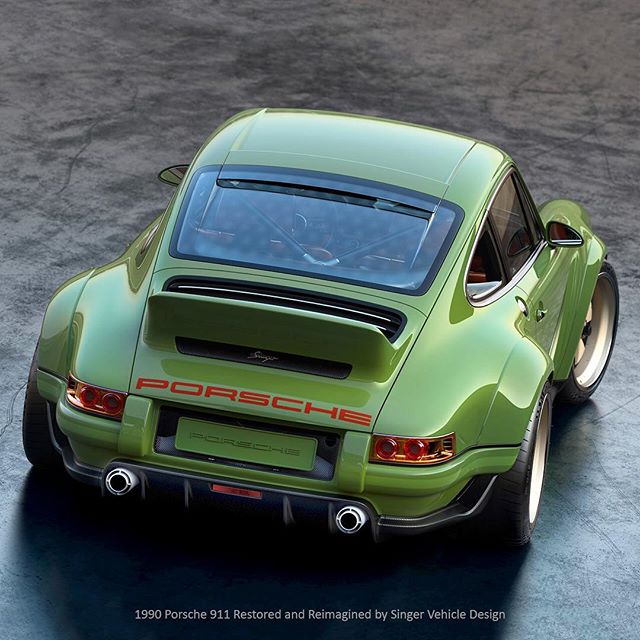
The resulting endeavor saw Singer team up with Williams on something they’re calling a “dynamics and lightweighting study” (DLS), and the most salient outcome of this work so far is the modified Porsche flat-six under the deck lid of this Absinthe example; the car’s original M64 used 3.6 liters to churn 247 horsepower in 1990, but in Scott’s 911 it’s been enlarged to four liters even. Thanks to that extra capacity and the double overhead cam heads developed by Williams, it’s now capable of putting out 500 naturally aspirated horsepower.

Besides that screaming six, Williams also worked with Singer on the aerodynamics package of the modified Porsche, and with consultation from Norbert Singer, the resulting body and underbody have been optimized through the use of computational fluid dynamics for a blend of aesthetic and performance considerations. From the rear diffuser to the trick roof and rear window sculpting, the surface area has been almost comprehensively altered to make better use of the air flowing over and under it, and this also includes the ducktail spoiler, rear window inlets (which act as a ram-air system to feed the big air-cooled lump in the rear), oil cooler ducting in the front bumper, and the flared arches accommodating the 911’s widened track.
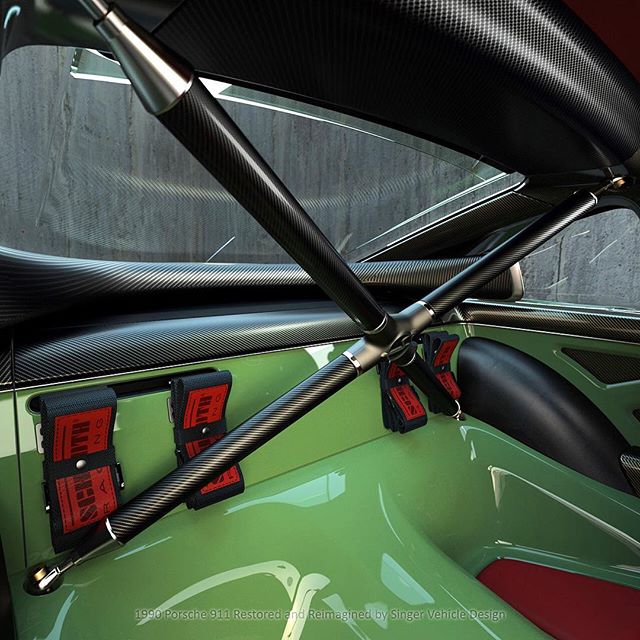
In addition to the stretched footprint’s contribution to its roadholding capabilities, the car’s suspension has been upgraded to shed weight, offer more adjustability, and improve the original geometry. And in order to ensure the front seat experience provided by all these mechanical modifications is up to the standards of an ultimate road and track 911, Singer worked with drivers Marino Frachitti and Chris Harris to perfect the driving dynamics alongside the dedicated team at Williams.

Each of the Porsche 911s restored and modified by Singer is based on the unique commissions of their customers, and the cars restored in this program (limited to 75) will be no different in that regard—owners will simply be selecting options from a different range of services than those available on Singer-modified cars in the past. With its own dedicated facility at the Williams campus in Oxfordshire (called “Singer at Grove”) this is a wholly separate program from their other restoration and customization services, and in that vein, Singer founder and Creative Director Rob Dickinson explains that “On a technical level, the study has been fascinating and has resulted in an incredible restoration with the benefit of top drawer resources and modern science. Artistically it has been a second chance to connect with the machine on a new level.”
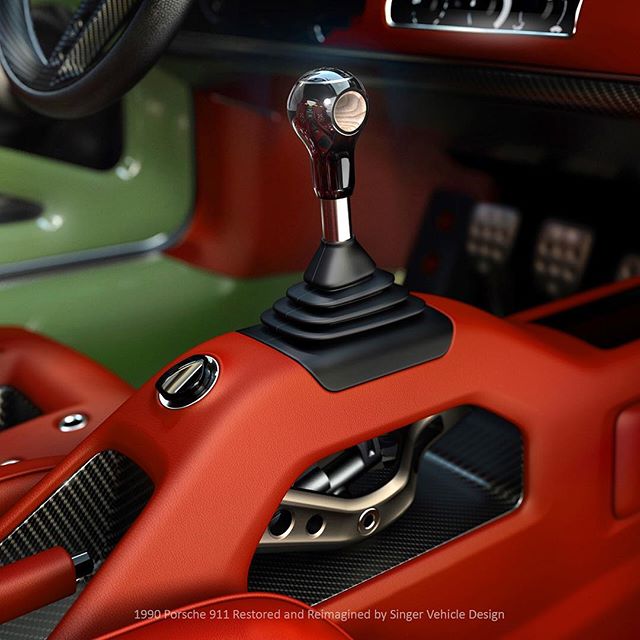
From the perspective of Rob’s development partners on this project, Craig Wilson, Williams Advanced Engineering’s Managing Director, noted: “Being able to work with the classic Porsche 964, applying our expertise in aerodynamics, advanced lightweight materials and vehicle dynamics to optimise performance has been a tremendous opportunity. We are delighted that the restoration of these cars for Singer’s clients will take place here in Oxfordshire.”
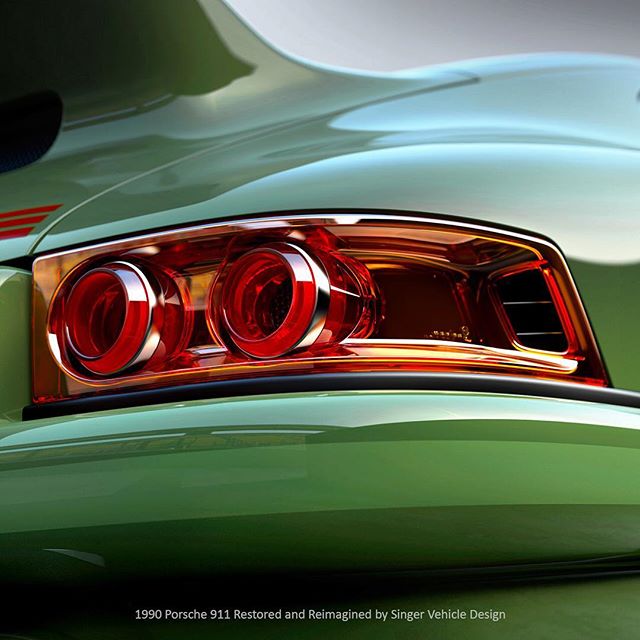
The Dynamics and Lightweight Study also developed pieces of the offering with industry experts from Michelin, BBS, and Brembo for example, and Scott’s Absinthe-over-Blood-Orange car features bespoke Michelin Pilot Sport Cup 2 tires, 18” forged magnesium monobloc center-lock wheels from BBS Motorsport, lightweight monobloc Brembo calipers and carbon composite rotors, custom damping by EXE-TC, and a magnesium Hewland six-speed transmission.

So this is it, this is the first look at the next level of modified Porsche 911s from the minds behind Singer. Like any restoration to come from the company that’s redefining the term, details are abundant. Inside the Buckminster Fuller-esque cabin structure for instance, is the exposed section of shift linkage underneath the knob with inlaid balsa. The interior is equal parts spartan and indulgent depending on your point of view, and details abound on the outer skin as well; just look at the arrangement of shapes and negative spaces in the taillights alone. We’re obviously excited—what do you think?
Written by Alex Sobran
Story and photos by Petrolicious

